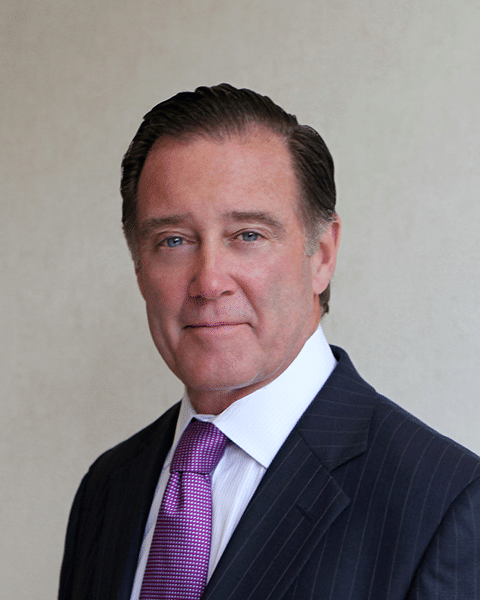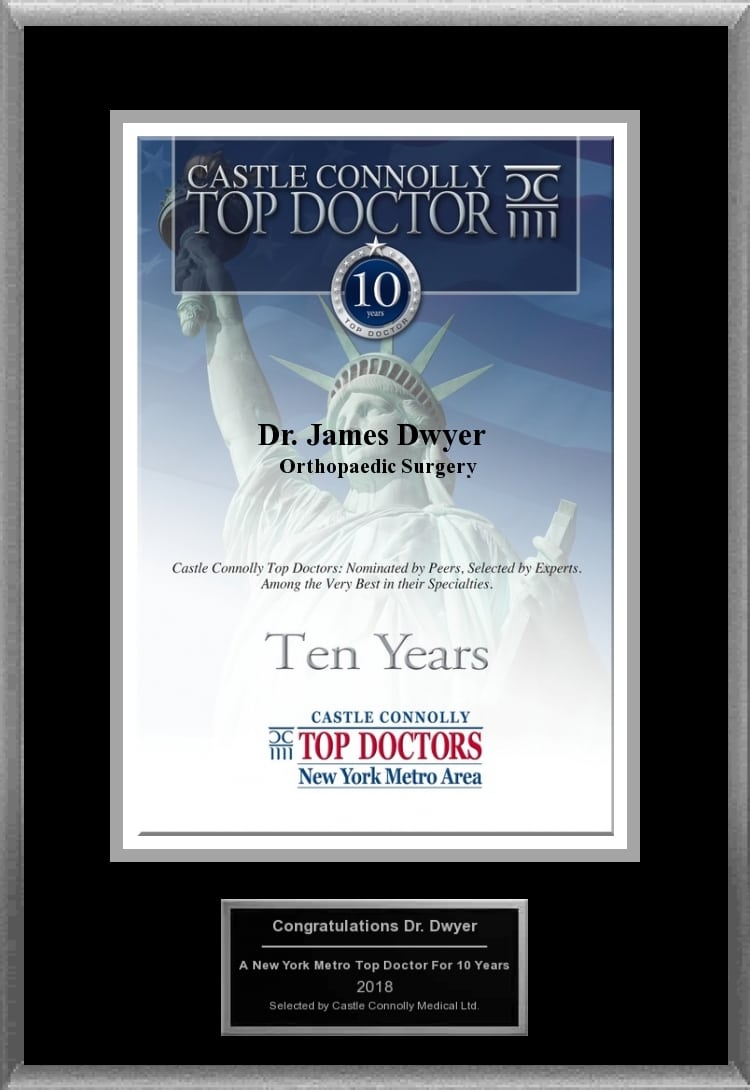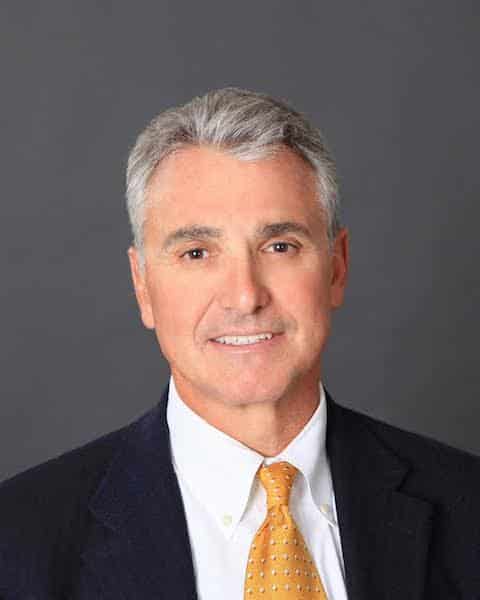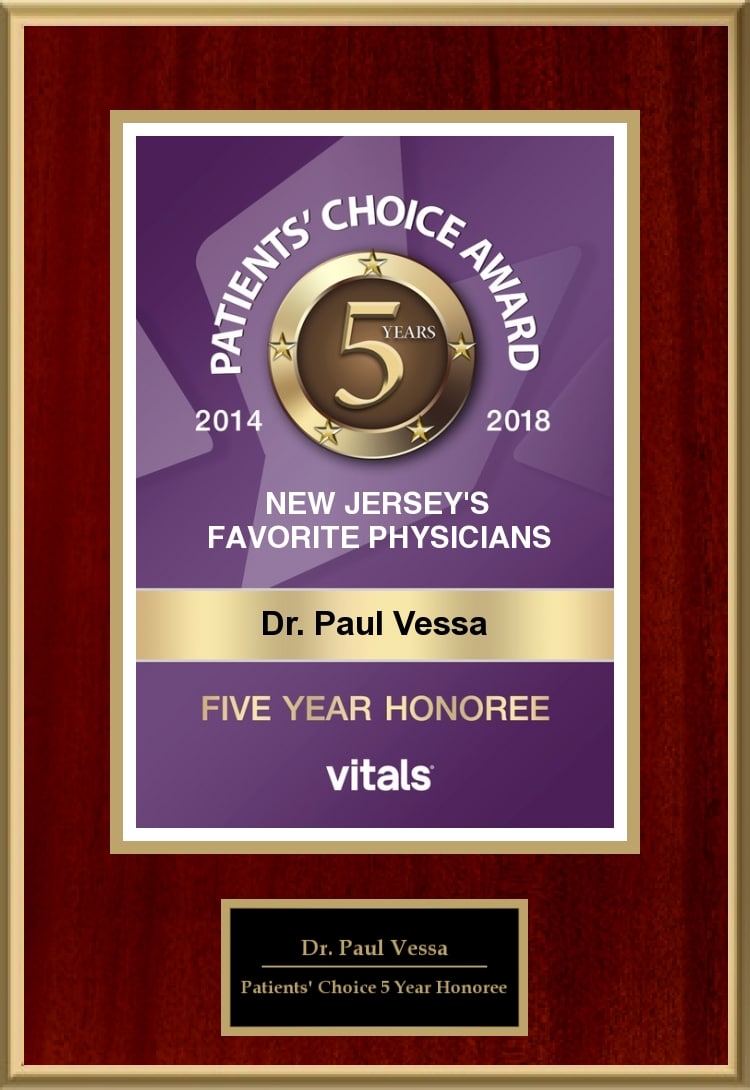Request Appointment: 908-234-9200
Disc Herniations NJ
Bedminster & Newton, NJ
At the New Jersey Spine Institute, all of our procedures are performed by a team of two Board Certified Orthopedic Spine Surgeons to maximize relief and minimize your recovery time.
Contact Us Today!
908-234-9200
-Scroll Down For More Information-
Every year, approximately 5-20 adults out of every thousand in America suffer a disc herniation. In our practice, we see many patients with disc herniation issues. Statistically, the condition is most common in male patients in their twenties, thirties, and forties but we have seen it occur in patients of many different ages and genders, depending on the circumstances. Knowing the biomechanics, it’s true that a disc herniation can be an incredibly painful condition, which is why we and all spine physicians should act as quickly as possible. With prompt and proper diagnosis and treatment, we can significantly expedite the healing process. At the New Jersey Spine Institute, our world-class duo surgical team applies a variety of innovative approaches and techniques to ensure that patients with disc herniations are put on the fastest road to recovery.
So, What Exactly is a Herniated Disc?
We’ve noticed that it tends to be helpful when patients have an awareness of the fundamentals of spine anatomy, especially disc herniations which are common. Below is an overview of the basic structure and function of the human spine:
Understanding the Anatomy of the Spine
The human spine provides structure and support to the body while also protecting the spinal cord—the nerve column that connects the brain to the rest of the body, allowing for movement and sensation. It is composed of 24 bones called vertebrae, which are categorized into the cervical spine (neck), thoracic spine (upper back), lumbar spine (lower back), and sacral spine and coccyx (tailbone). All together, the vertebrae comprise the spinal column, also known as the vertebral column.
Between each two vertebrae are structures known as intervertebral discs or simply discs. Round in shape, they cushion the spine, absorbing shocks and allowing for flexibility in movement. Discs have a tough, rubbery exterior known as annulus fibrosus. Inside, they are composed of a soft, spongy material made of collagen fibers and water. This fluid-like interior is known as the nucleus pulposus.
Herniated Discs
Herniated discs, also sometimes referred to as slipped discs, are a condition in which one or more of the intervertebral discs that lie between two spinal vertebrae have become damaged. Herniated discs, also sometimes referred to as slipped discs, are a condition in which one or more of the intervertebral discs that lie between two spinal vertebrae have become damaged. We can see this on imaging like MRI (Magnetic Resonance Imaging), which provides us detailed images of the spine’s soft tissues, allowing us clear visualization of the discs and any associated nerve root compression. The disc being damaged results in a loss of fluid (nucleus pulposus), which limits the capability of the disc to act as a cushion and absorb shock as it is intended to do.
A disc herniation can occur suddenly if the patient has suffered an injury or gradually over time as part of the degenerative process. A bulging or damaged disc can often put immense pressure on the nerve roots of the spine, causing pain or numbness in the neck, lower back, upper or lower extremities, or the hips. Our patients have also frequently mentioned pain in the hips as well.
Typically, there are two forms of herniated discs:
- Cervical Disc Herniation
- A cervical disc herniation means that a disc between one of the 7 vertebrae along the neck has been damaged.
- Lumbar Disc Herniation
- A lumbar disc herniation means that a disc toward the bottom of the spine (L1 – S1) has been damaged.
What Caused My Herniated Disc?
Over the years, patients have developed herniated discs from a variety of sources. Three of the most common are listed below:
- Damage stemming from an injury
- A herniated disc can occur when sudden traumatic forces are placed on the spine. These often include sudden overexertion, falls, or repetitive strain injuries.
- Natural wear and tear
- As a result of the aging process, the disc will often undergo a natural degeneration (See Degenerative Disc Disease). It will lose some of the fluid over time, resulting in the loss of flexibility and structure of the disc.
- Repetitive Strain
- Herniated discs are prevalent in those with jobs that require large amounts of twisting, bending, or lifting of heavy objects.
What Are the Symptoms of a Herniated Disc? What Does It Feel Like?
Herniated disc symptoms will vary depending on the location, type, and severity of the herniation. We’ve seen thousands of patients with these conditions and usually have a good idea that a herniated disc might be the issue even before imagine. Patients often describe to us that the most common symptoms they feel are:
Cervical Disc Herniations
• Neck pain
• Weakness in the upper arm or shoulder area
• Numbness and/tingling sensation in fingers/wrist
• Having trouble gripping with hand
• Difficulty rotating neck
• The type of pain varies from dull to sharp
Lumbar Disc Herniations
• Lower back pain
• Sciatica (pain that radiates through the leg)
• Numbness or pain in the foot
• Numbness or pain in ankle
• Unable to stretch or extend toes
• Unable to push off with foot
Your initial consultation will include an all-inclusive review of prior conservative and surgical treatment along with a comprehensive physical examination to develop an accurate diagnosis
Risk Factors
While we’ve seen disc herniations occurring in people of all ages and genders, certain factors can put specific patients at higher risk of experiencing this condition. The following are all notable risk factors our doctors and physician assistant have noticed in over 30 years of treating spine patients:
Obesity
Carrying extra weight puts increased pressure on the spine and can lead to disc issues, including herniations.
Gender
Statistically, males are more likely to experience herniated discs than females.
Repetitive Movements
Repeatedly twisting, bending, or lifting on a regular basis, such as for a job or sport, can be a risk factor for the herniation of impacted discs.
Heavy Lifting
Lifting heavy loads, especially without sufficient training or support, can cause intervertebral discs to rupture under intense pressure.
Sedentary Lifestyle
Even if obesity is not an issue, a sedentary lifestyle can lead to a lack of muscle throughout the body and place excess pressure on the spine and intervertebral discs.
Age
Herniated discs occur most frequently in people in their 3rd to 5th decade of life but disc degeneration is common in aging populations and can also lead to bulging or herniated discs later in life.
Genetics
In some cases, disc herniations may be hereditary. People who have family members who have suffered herniated discs may be more prone to this condition as well.
Smoking
Smoking cigarettes can decrease the ability of discs to absorb nutrients from the bloodstream and lead to them drying out and aging more quickly. Dry discs are less resilient and more prone to herniation than those that are well-lubricated.
Smoking
Smoking cigarettes can decrease the ability of discs to absorb nutrients from the bloodstream and lead to them drying out and aging more quickly. Dry discs are less resilient and more prone to herniation than those that are well-lubricated.
Posture
Poor posture can impact the spine and place additional pressure on the intervertebral discs, which can ultimately lead to herniation.
Treatment Options for Herniated Discs
The type, location, and severity of a herniated disc will all be contributing factors in how we develop a personalized treatment plan. We examine all factors before making any recommendations. will inform the recommended treatment approach.
We have seen disc herniations resolve relatively quickly with conservative treatment, while others may require surgical intervention. Listed below are some of the common treatment options that may be incorporated into treatment plans for patients with one or more herniated disc(s):
Non-Surgical Treatment Options
- Rest
- In the immediate aftermath of a disc herniation, rest is almost always essential to give the back time to begin healing. Incorporating sufficient rest into the daily routine may also be important throughout the entire healing process.
- Ice or Heat
- Treating the herniation at home with ice or heat may be recommended. Adhering closely to medical advice is crucial.
- Pain Medication
- Taking over-the-counter or prescription pain medication may be recommended, depending on the severity of the symptoms.
- Physical Therapy
- Consistently committing to physical therapy exercises can make a significant impact on the body’s ability to heal after a disc herniation. Exercises may focus on building core strength and flexibility as well as directly rehabilitating the spine.
- Steroid Injections
- If symptoms are severe, cortisone injections may be recommended to reduce pain and inflammation.
Surgical Treatment Options
In severe cases where non-surgical treatment options do not resolve numbness, weakness, or pain symptoms, we may recommend a surgical procedure to repair or replace a herniated disc. We thoroughly discuss the pain levels, pros and cons of any surgery beforehand. Here are some routine procedures we perform when surgery is the best option:
- Discectomy
- A discectomy is the most common type of disc herniation surgery. It involves removing the protruding portion of the herniated disc to resolve associated nerve pain.
- Laminotomy
- A laminotomy is most commonly performed for patients experiencing leg pain. It involves removing a portion of the vertebra, known as the lamina, to provide more room for the nerve root.
- Spinal Fusion
- This surgery involves stabilizing the spine by fusing together two or more vertebrae with metal plates, rods, screws, or other hardware.
- Artificial Disc Replacement
- In this surgery, a single damaged intervertebral disc is replaced with an artificial disc.
At the New Jersey Spine Institute, all surgical procedures are performed by a team of two award-winning surgeons. Schedule a consultation today to learn more about our state-of-the-art surgical center and innovative approach to disc herniation treatment!
Herniated Disc Prevention
While it may not always be possible to prevent a disc herniation, focusing on the preventative measures below can reduce your risk of suffering from the condition:
- Maintain a healthy weight for your height
- Exercise regularly and avoid a sedentary lifestyle
- Strengthen the back and abdominal muscles
- Stand and sit with good posture
- Avoid heavy lifting and repetitive movements
- Quit smoking
- Drink plenty of water to keep discs hydrated
Experiencing back or nerve pain? Suspect a damaged, bulging, or herniated disc may be the cause?
Our unique approach, using two spine surgeons in all surgeries may seem obvious, however it is extremely rare, and provides immense benefits to all of our patients at the New Jersey Spine Institute. Our team is here and ready to help. Contact us today to set up an appointment and take the first step toward complete and lasting recovery. We look forward to working with you.
Learn More With Video Explanations
Meet The New Jersey Spine Institutes
Prestigious Team of Spine Specialists
Our Doctors Have Been Continuously Awarded
Request Your Free Online MRI Review
Our specialists will review your imaging, provide you with an accurate diagnosis and help guide you through the steps to becoming pain-free.
Request An Appointment
Request Appointment: 908-234-9200






